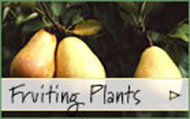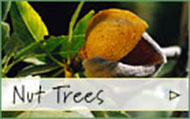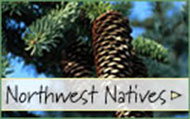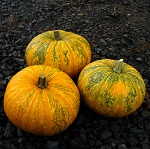Fall Planting |
Summer Planting |
New Items |
Shipping Chart |
Request Catalog |
Wishlist |
Register |
Account Info |
Join Our Team |
Special Events |
Login


|





|
|
432 Burnt Ridge Road |
|
Onalaska, Washington 98570 |
|
Phone: 360.985.2873 |
|
Fax: 360.985.0882 |
|
mail@burntridgenursery.com |

